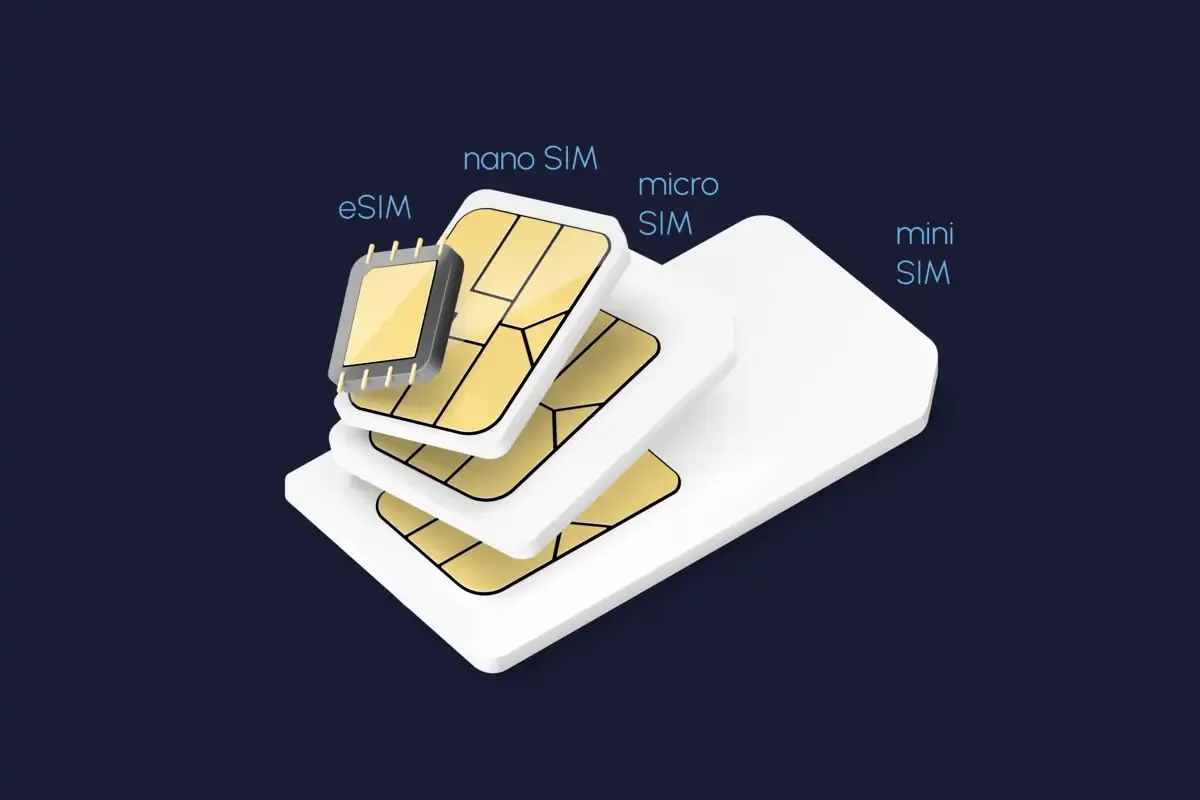The global telecommunications industry is undergoing a foundational architectural shift, driven by the rapid adoption and standardization of embedded SIM (eSIM) technology, which is fundamentally changing how cellular connectivity is provisioned and managed. A detailed market analysis of the Esim Market reveals a sector experiencing exponential growth as this technology transitions from a niche feature to a core component in a vast array of connected devices. Key points related to the Esim Market highlight its core value proposition: as a programmable SIM that is embedded directly into a device, it eliminates the need for physical, removable SIM cards and enables remote, over-the-air activation of mobile network profiles. This digital-first approach provides unprecedented flexibility and simplifies device logistics. Key players in this transformation include semiconductor manufacturers, device OEMs, and mobile network operators (MNOs). The future in the Esim Market is one of seamless, on-demand global connectivity. Regionally, North America has been a leader in consumer device adoption driven by key players like Apple, while the APAC region's massive IoT manufacturing base is driving enterprise adoption. Europe is also a mature market, with strong support from its MNOs. This global shift towards a more flexible and digital connectivity model is the primary catalyst for the market's robust growth projections.
The competitive landscape and the roles of key players are being redefined by this technological shift. Device manufacturers (OEMs) like Apple and Samsung, key players in North America and globally, have been instrumental in driving consumer adoption by making eSIM a standard feature in their flagship smartphones and wearables. Their primary motivation is to create more streamlined, water-resistant device designs and to offer a superior, digital-first user experience. On the other side, mobile network operators (MNOs) like Vodafone in Europe, AT&T in North America, and major operators in APAC have moved from initial apprehension to strategic embrace. A key point is that while eSIMs increase the risk of customer churn due to easier switching, they also offer MNOs significant operational cost savings by eliminating the physical SIM card supply chain and enable a fully digital customer acquisition process. The Esim Market size is projected to grow USD 29.59 Billion by 2035, exhibiting a CAGR of 31.4% during the forecast period 2025-2035. Another set of key players are the technology enablers, such as Thales and Giesecke+Devrient (G+D) in Europe, who provide the secure Remote SIM Provisioning (RSP) platforms that form the backend infrastructure for the entire ecosystem. The future in the Esim Market will see deeper collaboration between these different players to create a more seamless global connectivity fabric.
The future of the eSIM market is pointed towards even deeper integration and the expansion into a wider array of devices, ultimately culminating in the vision of the integrated SIM (iSIM). A key point for the future is the evolution from a discrete embedded chip (the eUICC) to integrating the SIM functionality directly into a device's main System-on-a-Chip (SoC). This iSIM technology, being developed by key players in the semiconductor space like ARM and Qualcomm (North America), promises to further reduce cost, size, and power consumption, making it ideal for the next generation of massive IoT deployments. The future will also see eSIMs become a standard feature not just in high-end devices, but across the entire spectrum of connected products, from industrial sensors in the MEA to agricultural devices in South America. The convergence of eSIM technology with 5G networks will also unlock new capabilities, such as managing different network slices for different applications on a single device. This continued technological evolution ensures that the eSIM and its successors will be the foundational technology for connecting billions of devices in the coming decade.
In summary, the key points related to the Esim Market underscore its role as a fundamental paradigm shift in cellular connectivity, moving the industry from a physical to a digital model. The market's growth is driven by the demand for flexibility, convenience, and simplified logistics across both consumer and enterprise sectors. The key players are a diverse group including device OEMs, MNOs, and specialized technology platform providers. The future in the Esim Market is one of deeper integration with iSIM technology, expansion into a wider range of IoT devices, and synergy with 5G networks. This global transformation, led by innovations in North America and Europe and scaled by the massive markets in APAC, with growing adoption in South America and the MEA, is set to redefine the landscape of global connectivity for the foreseeable future.
Top Trending Reports -



